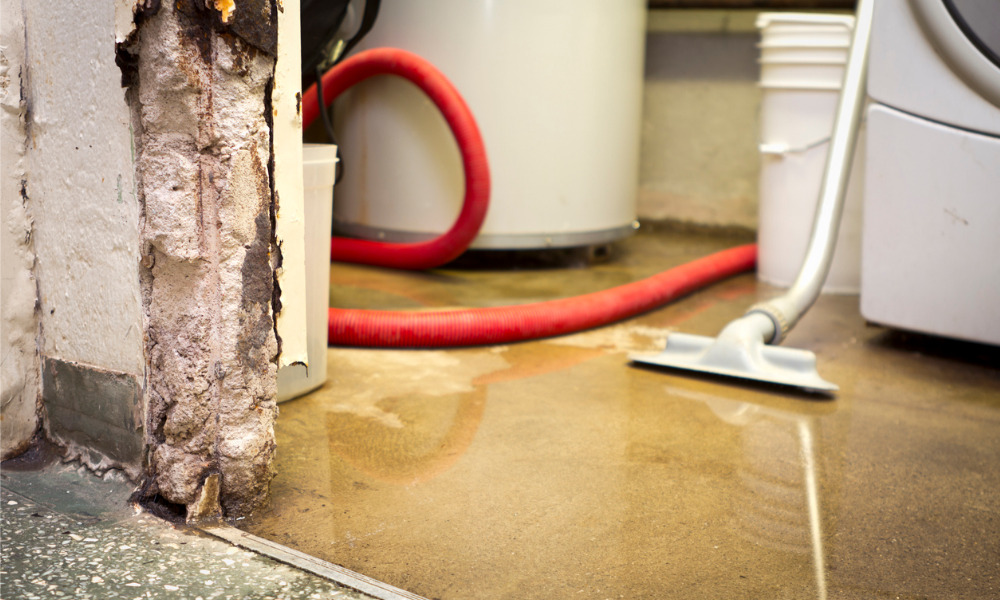Asbestos, chemical and biological contaminants among possible hazards

WorkSafeBC is reminding employers and contractors to identify hazards and control the risks that may be present during post-flood recovery.
This is in time with British Columbians starting to repair the damage caused by flooding and landslides.
“As we return to our communities and begin cleanup, recovery and rebuilding efforts, it’s important that employers and contractors understand there are potential hazards in homes and workplaces after flooding,” said Al Johnson, Head of Prevention Services at WorkSafeBC. “As an employer, you need to conduct a risk assessment to identify the hazards that exist in your workplace and how they may put your workers at risk.”
After a three-week shutdown, the Trans Mountain Pipeline was safely restarted on Sunday. Previously, Trans Mountain Pipeline Corp said that it is still working to get its pipeline running again after it was shut down during extensive flooding and landslides in British Columbia.
According to WorkSafeBC, potential hazards include:
- disturbed asbestos-containing materials
- chemical or biological contamination
- damaged equipment
- structural or electrical damage
- moisture and mould in buildings
- animal carcasses
Employers need to understand which groups of people are at risk of each hazard, according to WorkSafeBC. This will help them to determine the best way of controlling the risk.
“Risk assessments need to be tailored for each worksite due to the variety of work that takes place, and the number and types of hazards that have been introduced as a result of the flooding,” said Johnson.
A systematic risk assessment is about understanding how your workers may be potentially harmed or potentially at risk and implementing reasonable measures to control those risks in the workplace, according to the organization.
Asbestos
Some cases even call for qualified professionals to be the ones conducting risk assessment and mitigation.
One such case is for identifying asbestos risks, according to WorkSafeBC.
“Asbestos can be found in common building materials, such as drywall filling compound, flooring, stucco, and insulation. If home or business owners suspect that asbestos is present, it should not be disturbed or moved,” said WorkSafeBC. “If asbestos is found, the law requires employers to hire a qualified abatement contractor for removal.”
A qualified person must also certify that the worksite air is safe following the completion of the asbestos removal work, according to the organization.
A large number of homes and commercial buildings constructed prior to the 1990s were built with asbestos materials, according to WorkSafeBC.
“Those products are considered safe as long as they are in good condition. But once ripped, broken, burned, blown or washed away, the products release toxic asbestos fibers into the air,” noted asbestos.com. “Breathing in these fibers in the aftermath of a natural disaster can lead to serious health conditions years later.”
A consensus-based standard is a crucial next step to establishing a more consistent and protective approach to asbestos management and remediation across Canada, according to the Canadian Standards Association (CSA).





